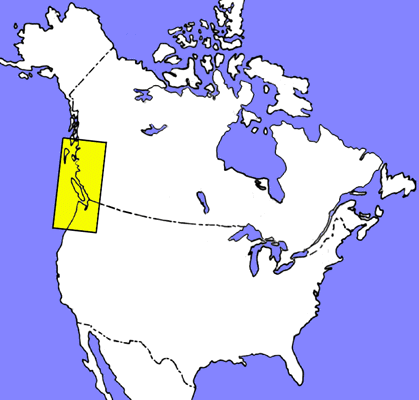The Pacific Coast of North America boasts one of the world’s most extensive Sprachbunds and the many languages of the area have engendered proposals for a number of controversial genetic phyla, including the Mosan phylum uniting the Salish, Wakashan, and Chimakuan families (Frachtenberg 1920; Swadesh 1953a, 1953b). This paper argues that “Mosan” is not a genetic, but rather an areal grouping of languages that have come, through millennia of contact, to resemble each other—and in some respects the surrounding languages—to a remarkable degree. Contra arguments in Swadesh (1953a), the Central Northwest language area convergences do not represent “unborrowable” linguistic features nor are they confined to the Mosan languages alone. In addition, the case of the Salishan outrider Bella Coola is examined. The approximation of this language to its Wakashan neighbours, particularly Heiltsuk (Bella Bella), illustrates both grammatical convergence—the approximation of Bella Coola to a number of grammatical patterns typical of Northern Wakashan—and diversification—the development in Bella Coola of, among other things, a unique system of object-subject verbal agreement paradigms. This type of innovation, the development of a new and unique grammatical pattern as a result of contact, is an element often overlooked in models of language interaction.
References
Frachtenburg, Leo J. 1920. Abnormal types of speech in Quileute. International Journal of American Linguistics 4, 295–99.
Swadesh, Morris. 1953a. Mosan I: A problem of remote common origin. International Journal of American Linguistics19, 26 - 44.
Swadesh, Morris. 1953b. Mosan II: A problem of remote common origin. International Journal of American Linguistics19, 223 - 36.
